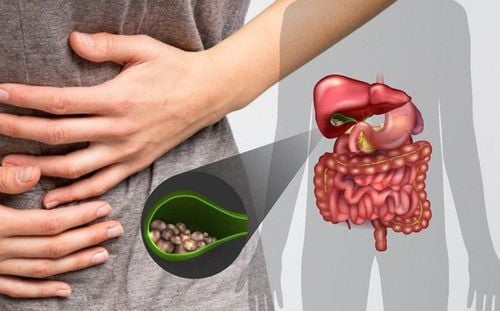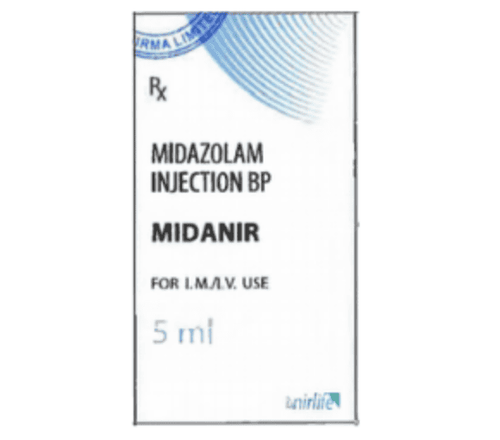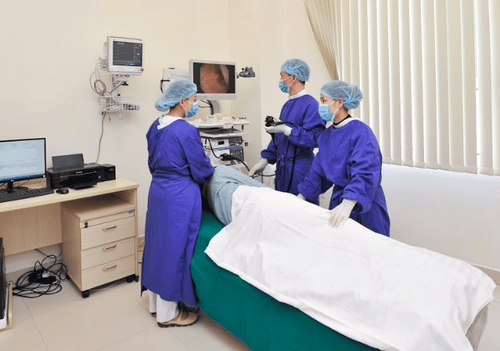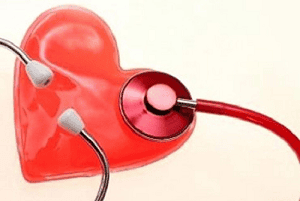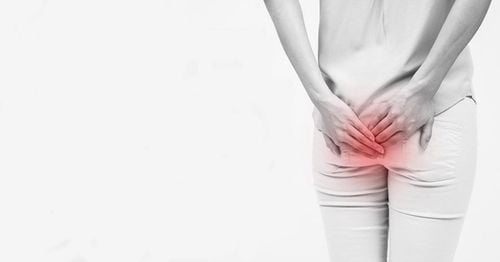This is an automatically translated article.
The article was written by doctors of General Surgery - Vinmec Ha Long International General HospitalUrinary stones (kidney stones, ureteral stones, bladder and urethral stones) are common pathologies, accounting for nearly 1/2 of all urinary diseases. This disease causes many serious complications such as fluid retention, pus, kidney failure, infection, even death, and is very recurrent.
1. Classification
Urinary stones come in two completely different types: asymptomatic and symptomatic
The asymptomatic case - known as "Silent Stone" - is usually diagnosed incidentally by ultrasound During the physical examination or when there are complications leading to the treatment of kidney stones, it is often very bad even to have to remove the kidney and moreover, even when the stone is known, the patient often does not agree to the treatment. Kidney stones simply do not feel pain. The typical case has symptoms that force the patient to go to the doctor immediately, so the treatment results for kidney stones are better. Some common symptoms of the disease: Severe pain, suddenly appearing when the stone blocks the kidney, causing the pressure in the kidney to increase suddenly. Usually appearing on one side of the back, spreading to the genitals, flexing pain, sweating. May be accompanied by vomiting or blood in the urine Pain, back pain only on one side: Very common and often overlooked. Therefore, when frequent back pain occurs, patients should pay attention to ultrasound. Other types of atypical pain: Pain in the scrotum, penis (or large lips in women), pain in the lower abdomen. .. Urine disorders: Hematuria, painful urination, frequent urination In severe cases, the disease manifests with complete kidney failure, high fever, shivering, kidney pain.
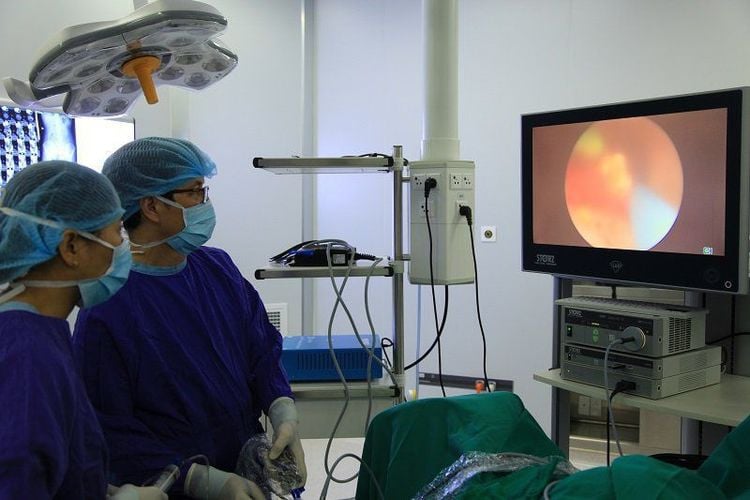
2. How to treat kidney stones effectively
For small stones (<5mm) and no complications causing dilatation of the urinary system, the patient can be prescribed conservative medical treatment, using drugs. In some cases, it is possible to use drugs to dissolve common stones with chemical components such as urate or cystine. For large stones, surgical intervention, open surgery and laparoscopic surgery are required. In developed countries, open surgery has been almost eliminated due to extremely high postoperative complications. However, in Vietnam, even at large hospitals, the treatment of kidney stones by open surgery still accounts for a large proportion.
2.1. Standard endoscopic percutaneous renal lithotripsy (Standart PCNL) is a high-tech, minimally invasive method. This is a typical example of a technological revolution in the treatment of large ureteral kidney stones. Percutaneous nephroscope has completely replaced open surgery with all stones >25mm, especially “coral” stones. With this effective method of kidney stone treatment, the patient is under general anesthesia.. The surgery is less painful, the scar is less than 1cm, the kidney damage is less, and the hospital stay to treat kidney stones is about 3-5 days.
2.2. Endoscopic minimal percutaneous nephrolithiasis (Mini PCNL) With 10 years of experience in the routine application of standard percutaneous nephrolithotomy, Dr. Le Si Trung (Department of Urology - Vinmec Times City General Hospital), has applied successfully used minimally percutaneous nephroscope for the first time in Vietnam since October 2012 to effectively treat kidney stones.
Minimal percutaneous laparoscopic surgery based on the principle of standard percutaneous nephroscope but using a small size ureteroscope, hospital stay is reduced to only 1-2 days, less bleeding , less pain, very little damage to kidney function and small surgical scars that are difficult to detect. This effective treatment for kidney stones is used for stones from 15-25mm and is especially good for cases that have undergone endoscopic surgery. ureteral or extracorporeal lithotripsy many times but failed – This is a very common situation nowadays, when extracorporeal lithotripsy is very common.
2.3. Ureteroscopy: With this method, a very small ureteroscope is passed through the urinary opening, up the ureter to reach the stone, then uses a laser to break up the stone. Stone debris is aspirated through the ureteroscope. Then, a flexible catheter will be placed into the urinary system with two ends curled in the renal pelvis and bladder (JJ catheter) and will be removed later. 2 weeks. Surgery to cure ureteral kidney stones without surgical scars, less pain, 1 day hospital stay.
2.4. Extracorporeal lithotripsy (ESWL) is the most effective and gentle method for kidney stone treatment, applicable to stones <15mm.Extracorporeal lithotripsy uses shock waves to break the stones, then the stone fragments will have to be broken up. out on its own in the urine. Hospital stay 1⁄2 days. The rate of stone removal of this method is about 55 - 85%. According to a doctor working at the Urology Department, Vinmec Times City General Hospital, the decision to choose the best treatment for kidney and ureteral stones is not only based on the patient's stone condition, but also depends on the patient's condition. Depends on the technique performed by the Doctor and the equipment and machinery at the Hospital. At the same time, for the definitive treatment of urinary stones, early detection and proper treatment will help bring about good and comprehensive results.
Please dial HOTLINE for more information or register for an appointment HERE. Download MyVinmec app to make appointments faster and to manage your bookings easily.




